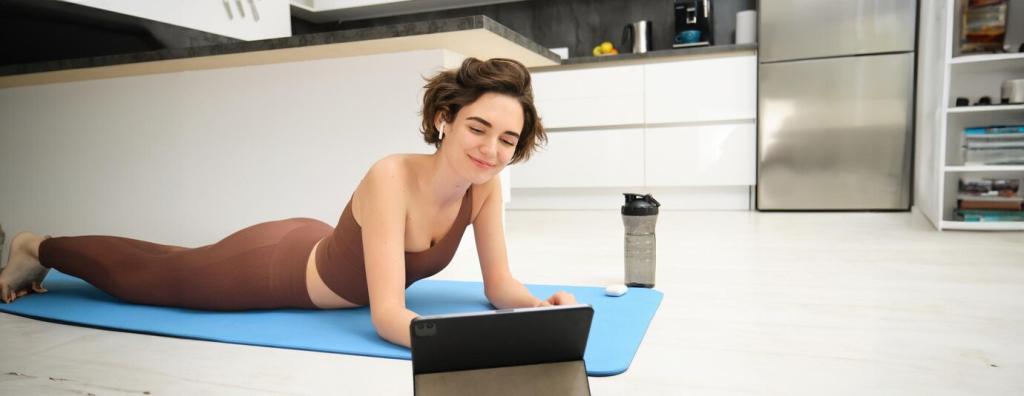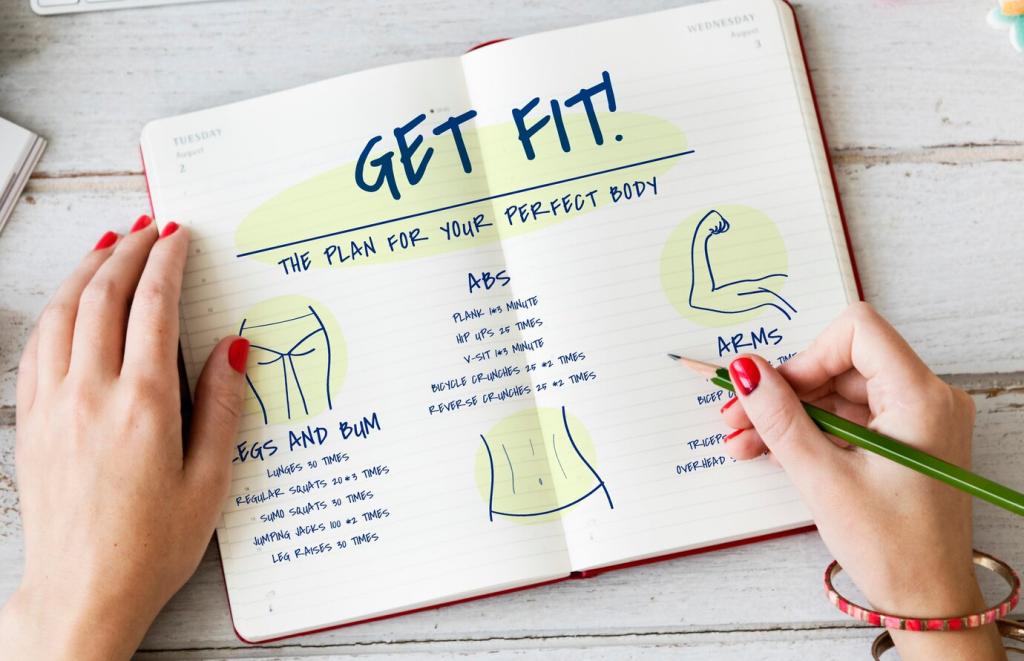Define the Destination: Goal-First Fitness Planning
Set a modest calorie deficit, keep protein high, and prioritize strength training to preserve lean mass. Add steady steps and low-impact cardio to support recovery. Track waist, photos, and energy, not just scale weight, to avoid discouraging plateaus.
Define the Destination: Goal-First Fitness Planning
Build a progressive overload plan focused on compound lifts and sufficient training volume. Eat a slight calorie surplus and 1.6–2.2 g/kg protein daily. Sleep deeply, log lifts, and adjust sets as muscles adapt, not before recovery catches up.
Define the Destination: Goal-First Fitness Planning
Train the specific skills your event demands: power for sprints, VO2 intervals for endurance, or stability for court agility. Anchor sessions around your priority system, then support with mobility, nutrition timing, and rest days structured to sharpen performance.
Define the Destination: Goal-First Fitness Planning
Lorem ipsum dolor sit amet, consectetur adipiscing elit. Ut elit tellus, luctus nec ullamcorper mattis, pulvinar dapibus leo.







